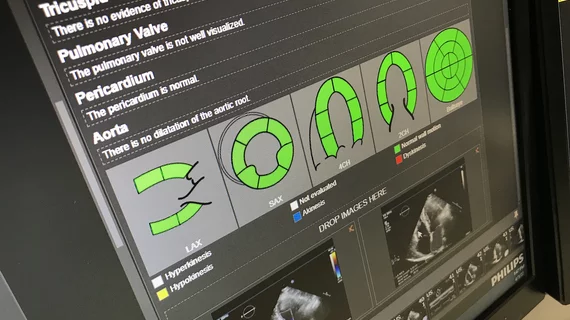CVIS market to top $211M by 2018
The international cardiovascular information system (CVIS) market is expected to reach $211.3 million by 2018, for a 7.9 percent increase from 2013, MicroMarket Monitor predicted.
MicroMarket Monitor is crediting government initiatives, technological advancements and emergency providers’ embrace of CVIS for the climb in growth.
The North American market is expected to account for the largest share, increasing from $84.9 million in 2013 to $126.5 million in 2018 for a compound annual growth rate (CAGR) of 8.3 percent. According to the market analysis, government funding continues to fuel adoption while efforts to integrate systems and lower costs add pressures for cardiology practices to increase efficiencies and streamline workflow through CVIS.
High costs of implementing CVIS systems and physician resistance to change could impede growth in North America, analysts warned.
The European market is expected to edge up from $33.6 million in 2013 to $48 million in 2018 for a CAGR of 7.4 percent. Government concerns about patient safety may spur growth but European debt issues could prove to be a damper.
Demand for CVIS in Asia is poised to shoot up based on government incentives to increase innovation and increasing medical tourism. The market is projected to grow from $18 million in 2013 to $26.9 million in 2018 for a CAGR of 8.3 percent. Competitive markets and patient safety initiatives will contribute to growth while high costs, interoperability and recalcitrant cardiologists may put a drag on the market.
MicroMarket Monitor is based in Fort Worth, Texas.
